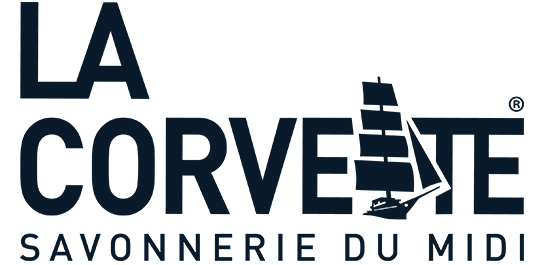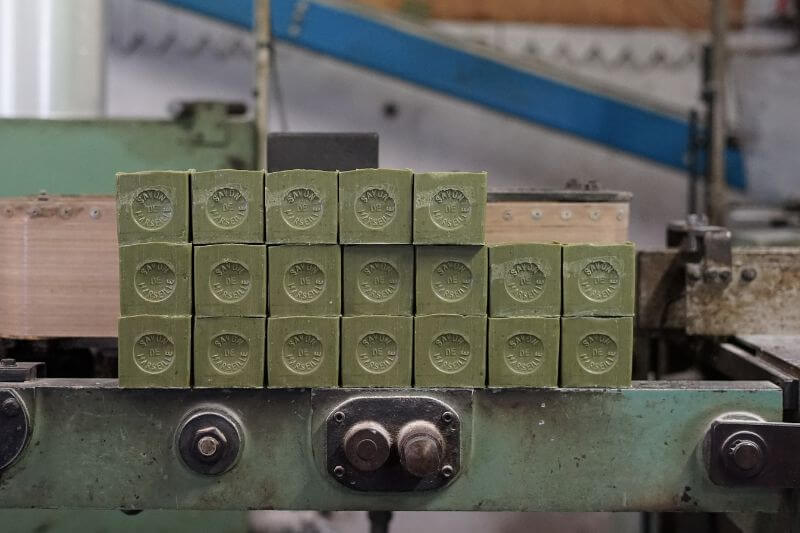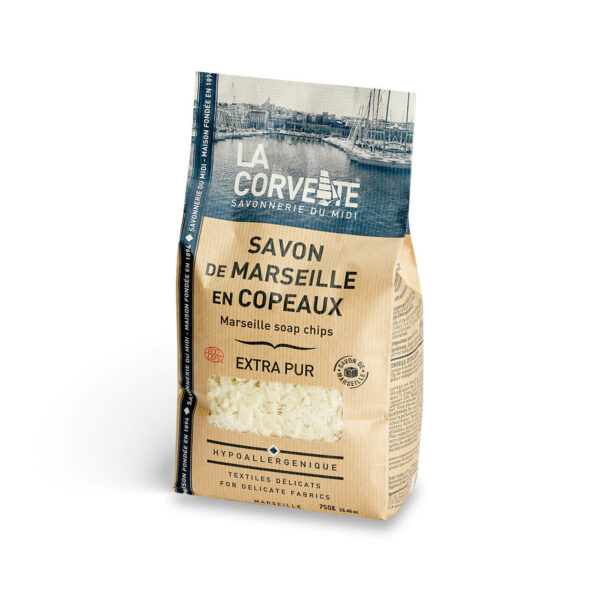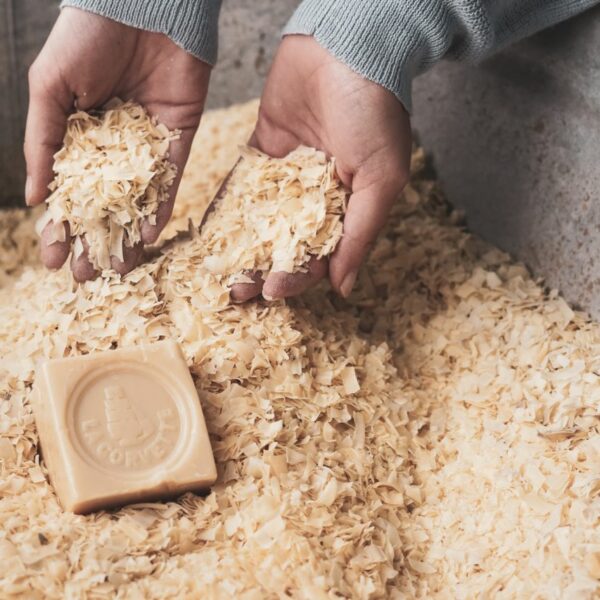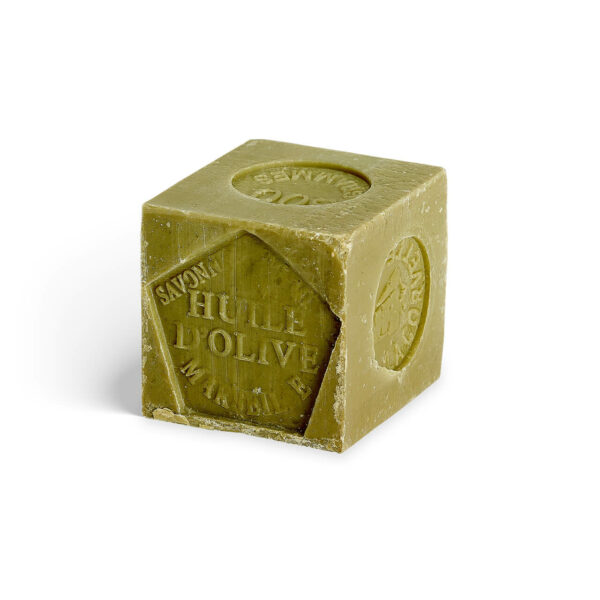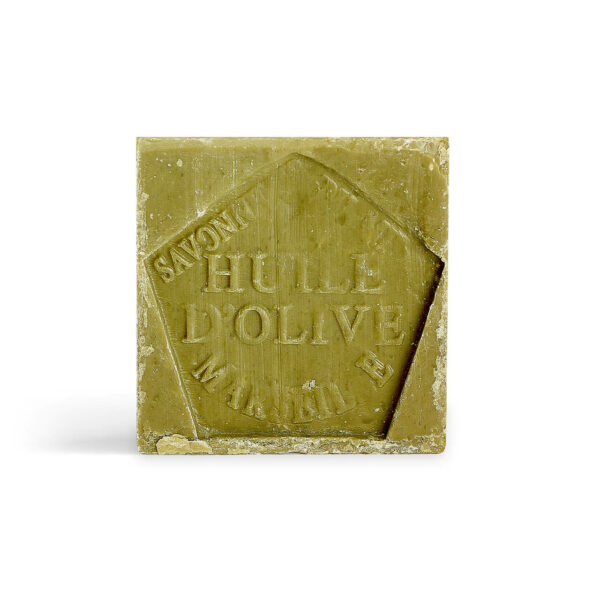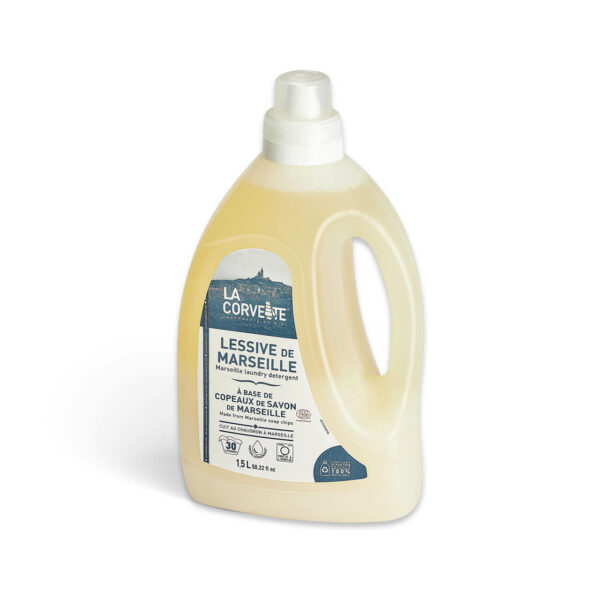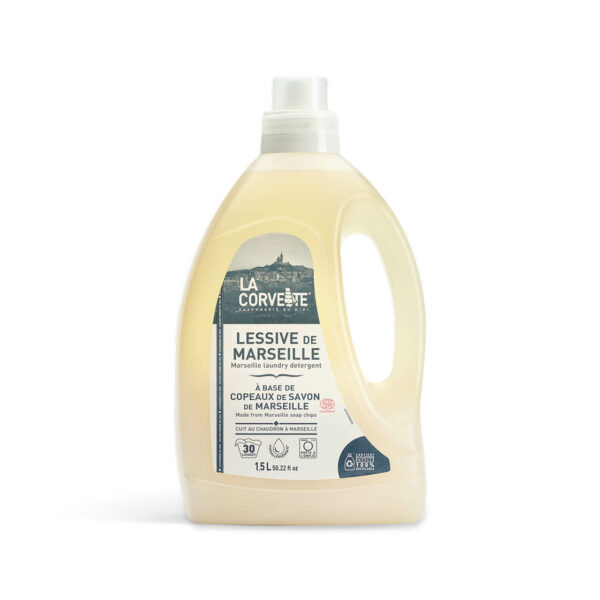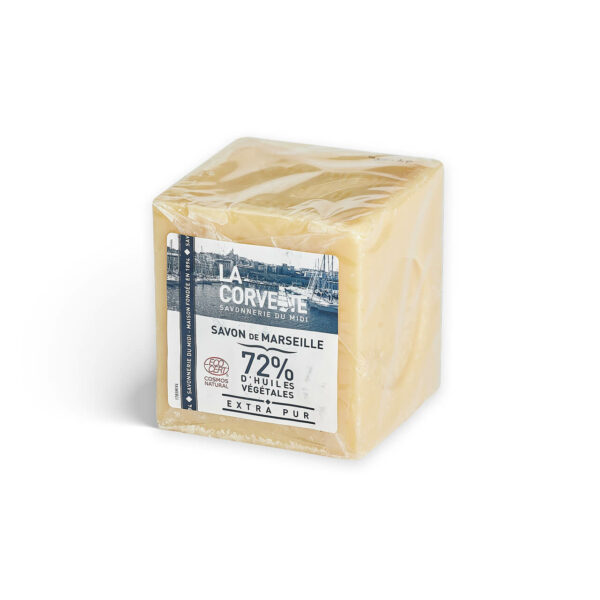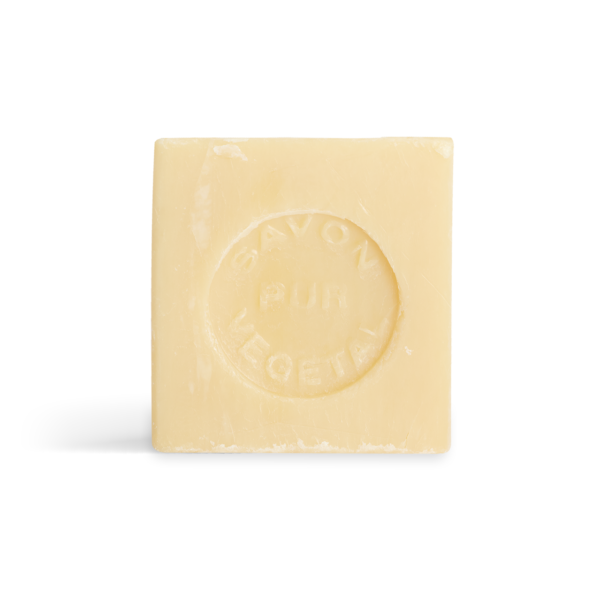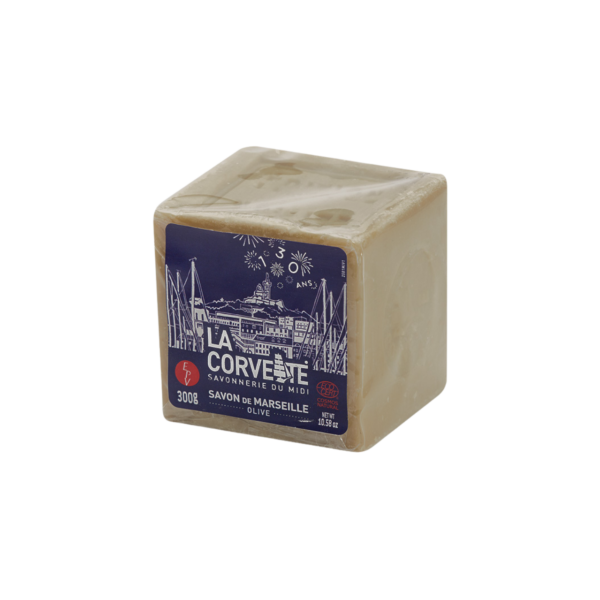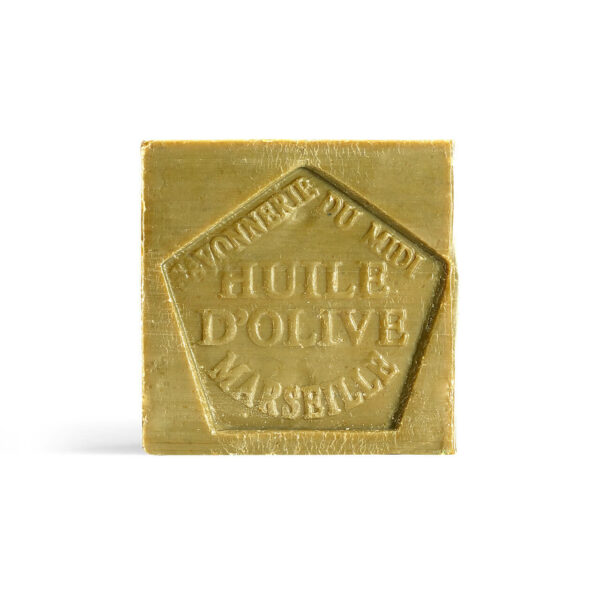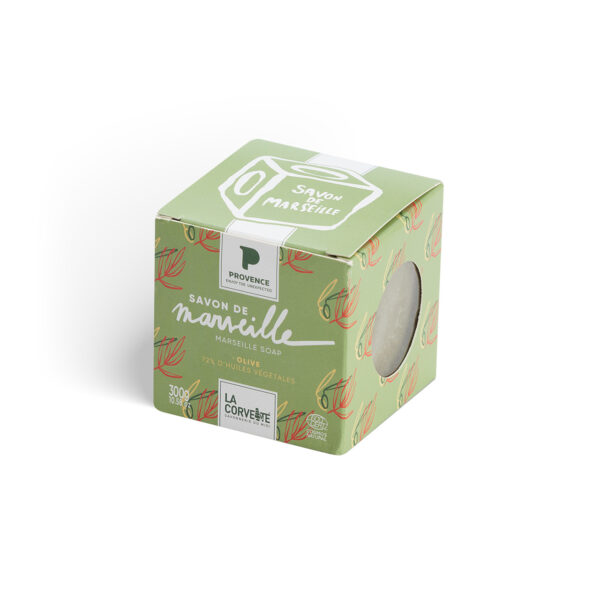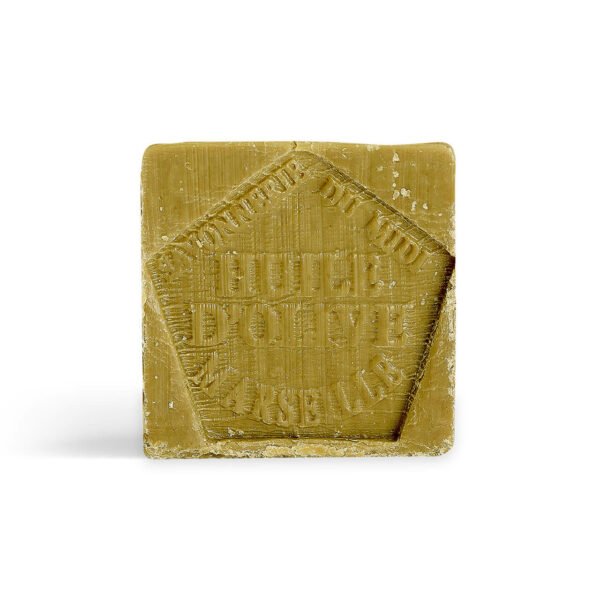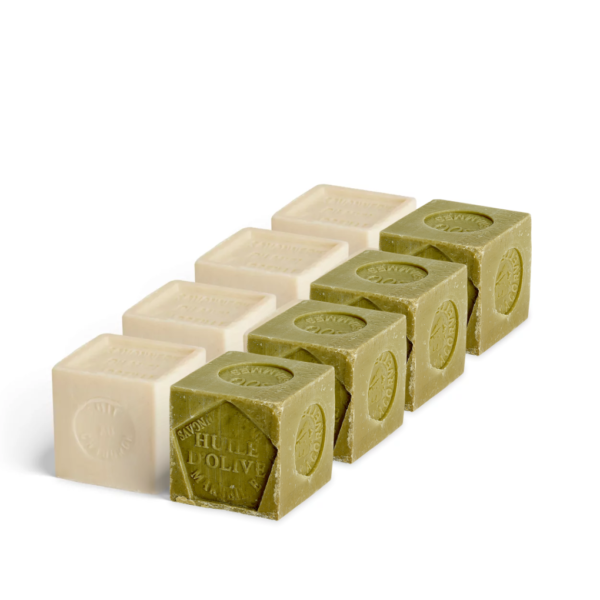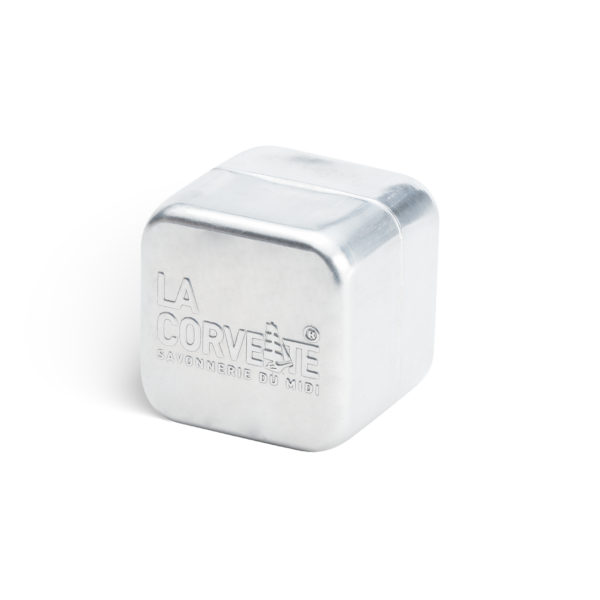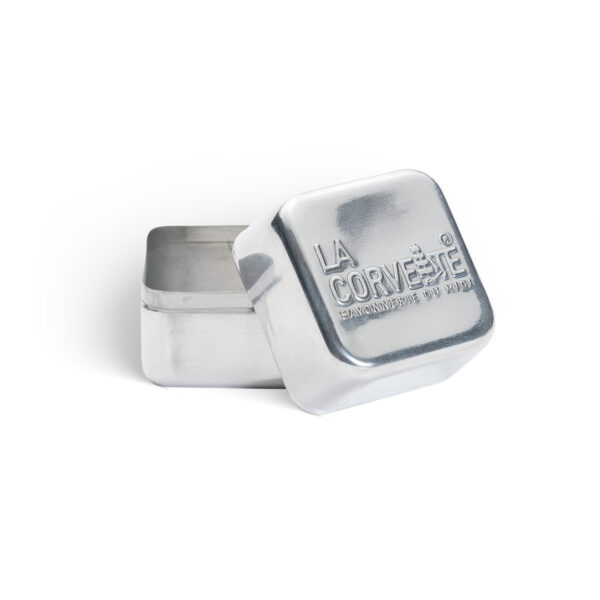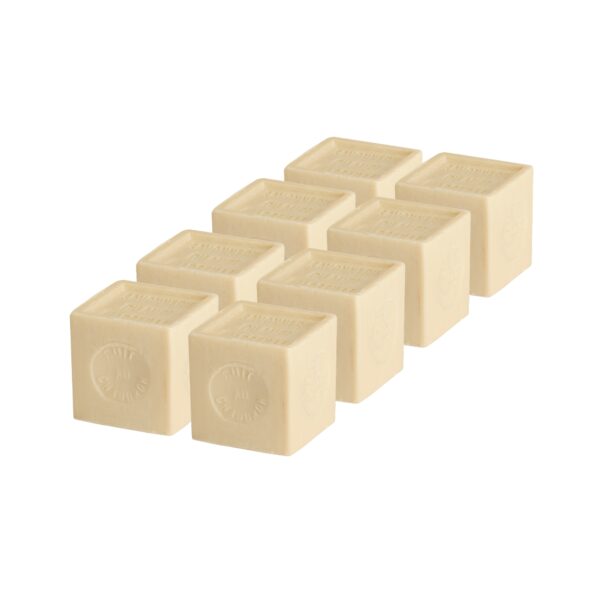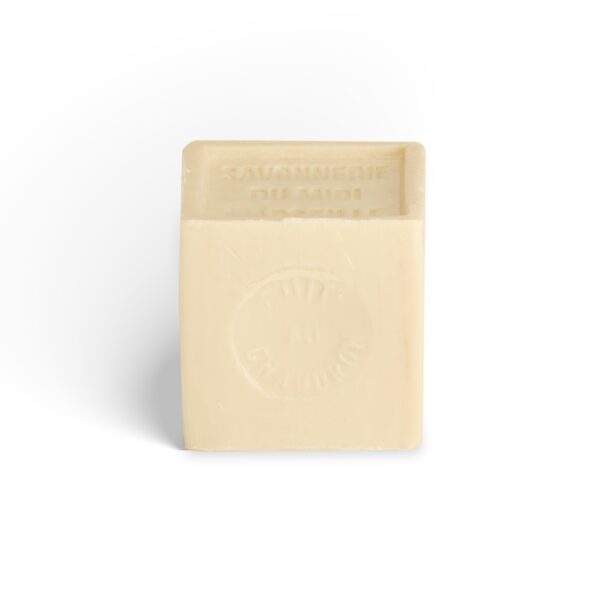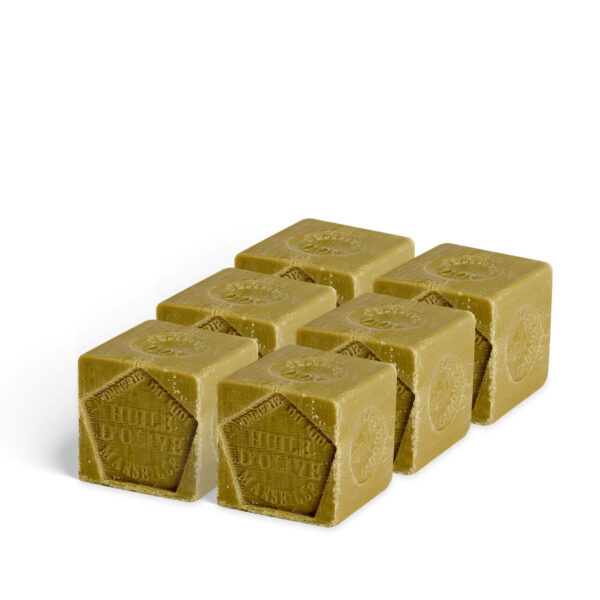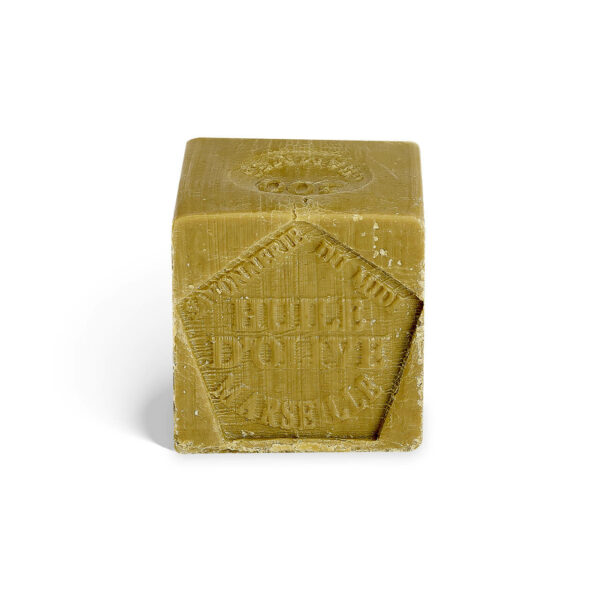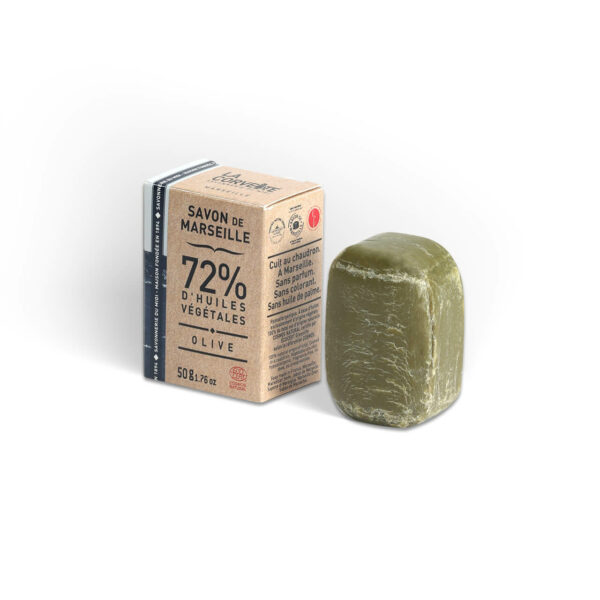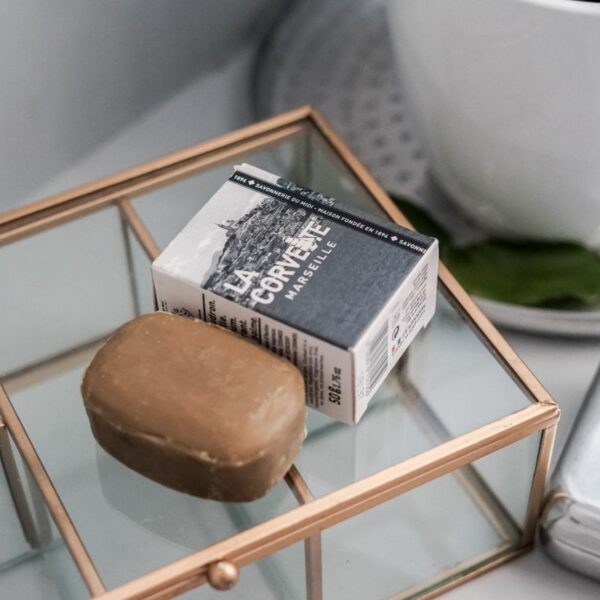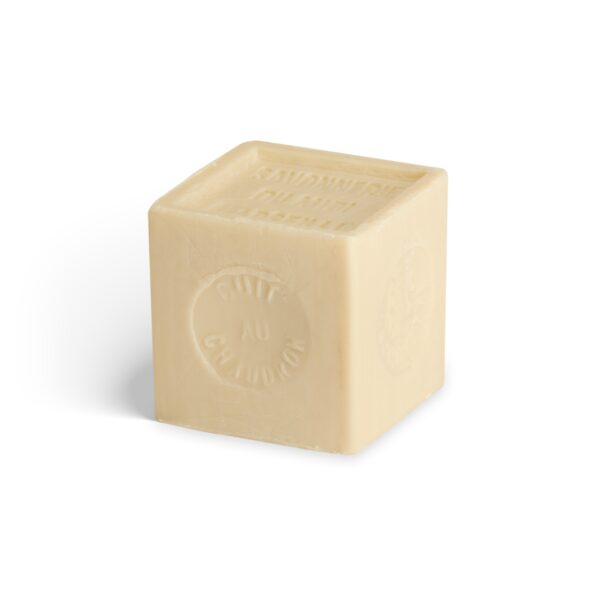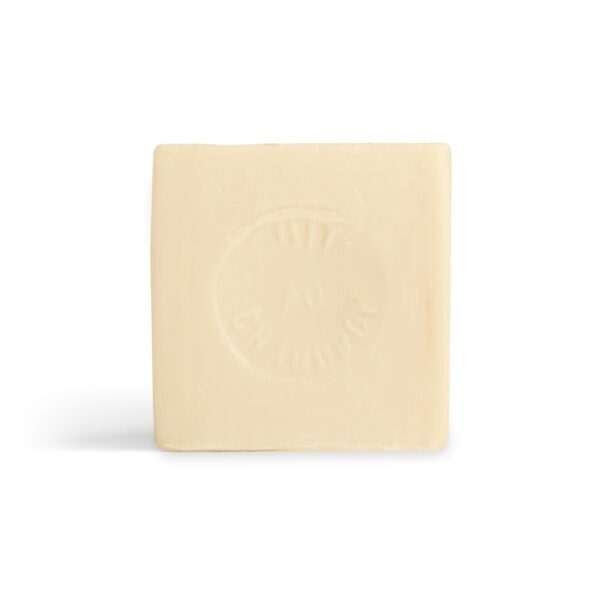Renowned the world over, Marseille soap is part of Provence's industrial and historical heritage. A hygienic product and cosmetic ingredient, it is a veritable miracle cleanser with a wide range of usesMarseille soap is based on a centuries-old manufacturing method. La Corvette - Savonnerie du Midi, one of the last traditional soap factories in France, reveals the secrets behind the manufacture of Marseille soap cooked in a cauldron.
First things first: choosing the right ingredients
Since the Middle Ages, Marseille has been a major soap-producing center in Europe and the Mediterranean. At the end of the 17th century, the royal authorities introduced legislation to ensure the quality and consistency of production.Colbert's edict, promulgated in 1688, listed the ingredients that could be used to make Marseille soap:
- Pure olive oil, the fatty substance that forms the soap base;
- Soda, which gives the pH of Marseille soap (around 10);
- Water, necessary for several manufacturing stages;
- Salt, used during the salting-out stage.
The use of tallow and animal fats was already banned under the reign of Louis XIV: we can say that genuine Marseille soap was "vegan" long before the 21st century! The choice of ingredients was relaxed in line with political and economic developments. For example, under Napoleon I, naturally-occurring soda ash was replaced by artificially-occurring soda ash to make up for shortages caused by wars and the continental blockade. Alternatives to olive oil were accepted in the 19th century, including palm, peanut, coconut and sesame oils. These oils came from the maritime trade, of which Marseille was a hub. Our genuine Marseille soaps contain only these four historic ingredients. The stamp 72% oil stamp guarantees a high vegetable oil content, in keeping with tradition.
Step 1: Mashing
Our master soap-makers pour the vegetable oils into a large cauldron heated to a high temperature, and add the lye. These ingredients are brought to the boil, and the mass is transformed into an emulsion. Saponification takes several hours. Our age-old know-how has enabled us to determine the temperature rise and refine the exact duration of the mashing process, so that we can offer you a Marseille soap of superior quality.
Stage 2: Release
As soap is insoluble in salt water, our master soapmakers add sea salt to the cauldron, causing the excess lye to sink to the bottom of the tank. The soap separates from some of its water and remains on the surface. It can easily be recovered by our master soap-makers, who then move on to the most time-consuming stage of the production process.
Stage 3: Cooking
The mixture obtained is then slowly cooked in a cauldron for several days at a moderate temperature (around 120°C). This is a very delicate stage, requiring all the expertise of our master soap-makers. The cooking operation characterizes saponification. It also enables the complete transformation of vegetable oils into soap. The exact time and temperature of cooking are among our best-kept secrets: only a century of industrial know-how enables us to offer you Marseille soap of impeccable, consistent quality.
Step 4: washing
We're nearing the end of the manufacturing process for our genuine Marseille soap. During the washing stage, the soap paste is refined by several successive washes. Successive washes remove impurities, unsaponified fatty acids and glycerol. A tiny proportion of glycerine remains in the mixture. You'll find this presence of glycerine in the ingredients list of our genuine Marseille soaps, but it results solely from the saponification stage of the vegetable oils.
Step 5: Liquidation
The final stage in the manufacture of Marseille soap is liquidation. Washing with pure water ensures a smooth transition from a crystalline structure to a smooth phase. Liquidation is the essential step for obtaining an "extra pure" soap.
Soap ready for drying and packaging
The process we've just described is essential for making genuine Marseille soap. We can now move on to the final stages. First, the still-moist soap is dried. This hardens it to the consistency you know. Once solidified, Marseille soap is cut into bars, cubesslices or other formats. It is stamped, so that all consumers can immediately identify its quality and origin.
A museum to discover manufacturing secrets
We're so proud of the fact that, for generations, we've been perpetuating the traditional craftsmanship that went into making genuine Marseille soap, that we're dedicating a museum to it. The Marseille Soap Museum welcomes you to the premises of La Corvette - Savonnerie du Midi. We share our passion with you along a unique tour of the very heart of our factory. Enter the vat room, the drying and cube-shaping workshop, and explore the cauldron room. A boutique area lets you discover our full range of products.
